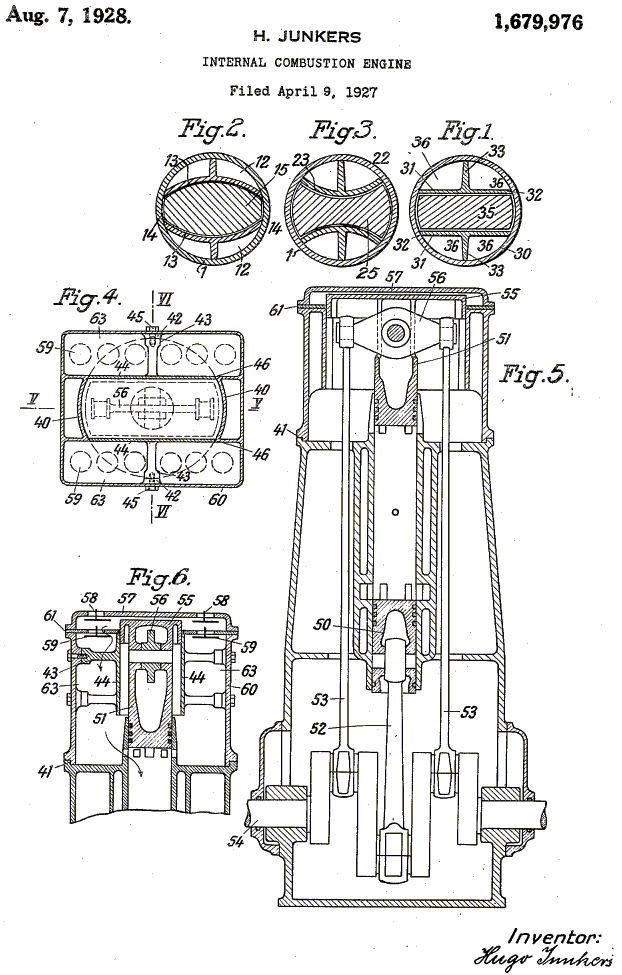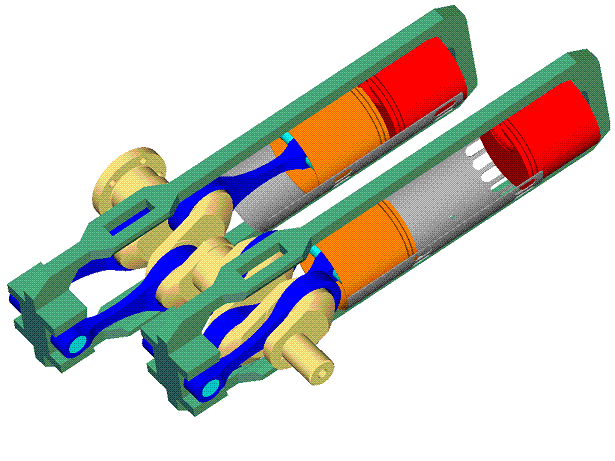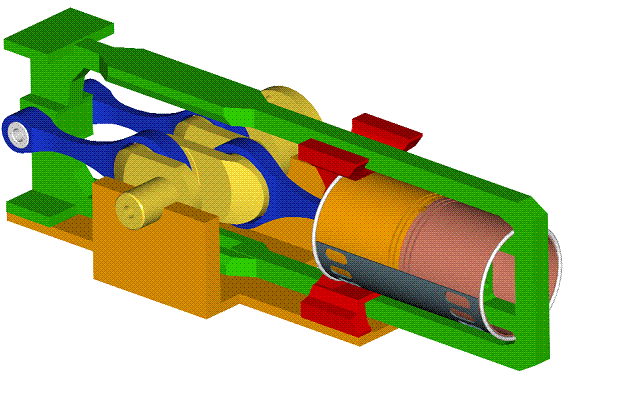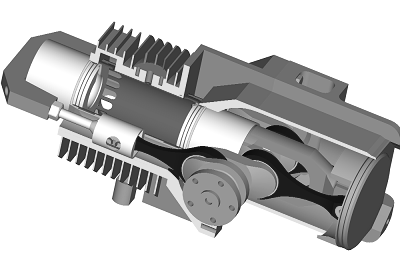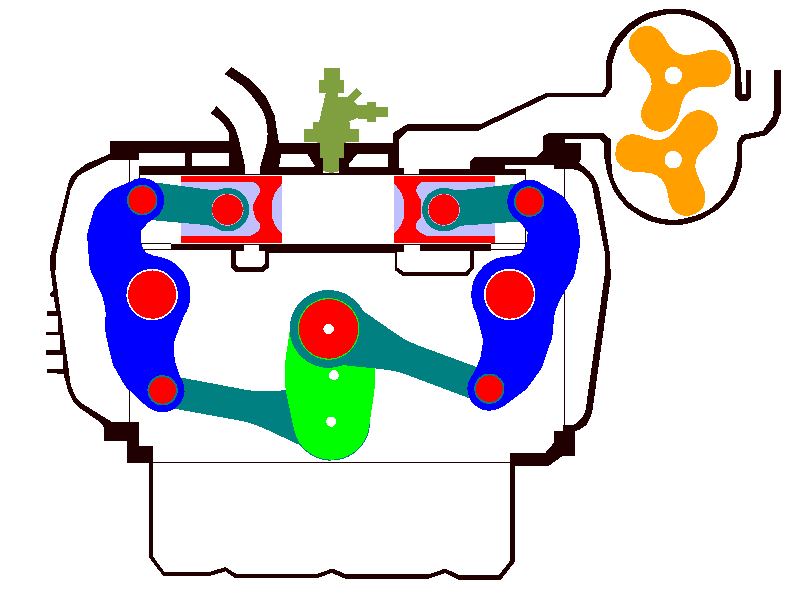Unclematt:
“Manolis, no need to post more animations of various engines, though I know you love doing so.”
With an animated drawing (especially a controllable one, wherein you can accelerate the motion, you can reverse or suspend the motion, you can remove some parts to unhide the rest, and so on) in a couple of seconds you can say a whole detailed story to anybody on earth (no matter he speaks Chinese, or Greek, or English).
It is an international language.
With some good animations and a few basic symbols like the "@", the arows, the "=" etc, you can communicate with people talking an unkown language. This type of communication will be easier when (in a few years) more symbols (and their meaning) will be globaly accepted.
Take the Bourke engine, for instance:

(its controllable windows exe animation is at
http://www.pattakon.com/pre/Bourke.exe )
There are many enthusiasts for the Bourke engine, and there was not a good, and easy to use, animation in the web. Now the animation talks for itself. The only you need are comments like: spot on the green yoke-roller-bearing, on the difficult task it has to accomplish because of the resulting load concentration etc.
Similarly, using the Commer TS animation I can simply say to 24gerrard:
Look at the blue rocker arms. It was the Achilles’ heel of the design, at least at the beginning.
Look the big red pins at the rocker arm centers: the force on each of them is double the combustion force.
Look at the wide angle each rocker arm performs per piston reciprocation.
Think the problems caused by the necessary big offset (normal to the plane of the image) of the two crankpins. The two pistons are coplanar while the two crankpins have some 50mm, or so, offset.
Look at the angle of the small connecting rods at the middle stroke.
Count the number of pins the force has to pass from the piston crown to arrive to the crankshaft.
Look how much space the crankshaft and the roots compressor occupy.
Etc.
The Commer TS is a well-balanced engine. The necessarily big mass of the blue rocker arms increases the inertia torque.
For symmetrical timing of the ports the PatOP and OPRE engines are perfectly balanced (the low-cost built-in volumetric piston-type scavenging-pump fits to the symmetrical timing) as regards the inertia forces and moments.
For applications wherein the OPRE engine:
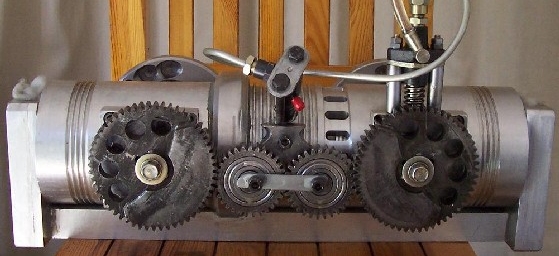
drives a symmetrical load (a range extender, for instance, with two counter-rotating electric generators secured on its crankshafts, or a propulsion unit with two counter-rotating propellers secured on its crankshafts (for light airplanes, parapente, portable flyers etc) like:
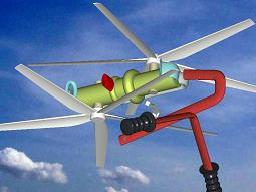
the basis of the OPRE is not only perfectly rid of inertia vibrations of any kind (like the Wankel rotary engine and the luxury V12), but additionally it is perfectly rid of power pulses vibrations, too. The claim of FEV and AVL that their Wankel range extenders have the best NVH properties is wrong; the OPRE range extender can do better.
Lubrication.
If you want four-stroke-like lubricant-consumption in a two-stroke engine like the PatPOC or the OPOC, you need a good scrapper ring and no splash of oil on the top compression ring.
Take a modern car with a straight four, two liter, four stroke engine.
Say the engine works permanently at 2500 rpm and the car goes with 100 Km/h.
Say also it consumes 1 lit of lubricant per 20.000 Km (i.e. per 200 hours).
With 5lit/100 Km fuel consumption, for 20.000 Km the necessary fuel will be 1000 lit (fuel to lubricant consumption: 1000 to 1).
In an hour the engine rotates 2500*60 times.
In 200 hours the engine will rotate 2500*60*200 = 30.000.000 times
In the 1 lit of lubricant there are 1000cc, or 1.000.000 cubic mm.
I.e. per piston (there are four) and per reciprocation it is consumed ( 1.000.000 / 4 ) / 30.000.000, or 1/120 of a cubic mm.
For each cylinder, per 120 reciprocations, the scraper ring allows only 1 cubic mm to pass to the combustion chamber: i.e. you need 120.000 reciprocations to pass 1cc of oil towards the combustion chamber.
Unclematt:
“With regard to your scraper ring design, it would have to allow enough oil past itself to fill in the gap between liner and piston in order to be able to tranfer oil as you described in your last post.”
The engine doesn’t need to fill quickly the little gap between the scraper ring and the bottom compression ring. A tiny quantity of oil passes from the scraper ring per reciprocation and is added to the oil in the gap substituting the tiny quantity of oil removed by the compression ring.
Unclematt:
“I understand some oil slips by the scraper, flows along the piston skirt to the rings, and they spread it on the liner according to your description, but that seems a long route for the oil to take.”
At the BDC the distance from the scraper ring to the lower compression ring is less than 1mm. This is a short route for the oil to make.
Unclematt:
“I think I prefer the OPOC engine design, where oil is simply slung out of the scraper ring and onto the liner along the top of the cylinder.”
You prefer the OPOC oil control, so I can guess you understand how it works.
Can you, please, explain how it works in details, during the whole cycle?
For what oil consumption we talk about?
Does the OPOC need another scraper ring on the piston at the opposite direction, before the compression ring? If not, who prevents the oil slung out of the scraper ring to pass the compression rings and get into the combustion chamber?
When the piston decelerates near the BDC, who keeps the oil (slung at the opossite direction) from escaping to the port openings?
For what quantity of oil are we talking? If the quantity of oil is as small as calculated above, are you sure the OPOC oil control system can still works?
Also:
How the piston skirt is oiled in the oil-system of the OPOC?
And when the piston skirt thrusts heavily on the bridges between the ports, who keeps the oil between the piston and the liner from escaping to the ports?
I do need this info, because if the oil control of the OPOC is really better, we should ask them to let us use it in the PatPOC engine.
Wouldn't be easier, for you and me and anybody else, if EcoMotors had prepared an animation showing their OPOC oil control system?
Grumbles:
For the cooling of the exhaust piston of the OPRE and PatOP:
These engines are, by nature, of the crosshead architecture.
You don’t have a wrist pin below the piston crown, neither bosses to keep the wrist pin.
You don’t have a connecting rod to "hide" the piston crown.
The piston skirt does not take trust loads, so it remains significantly cooler, especially when it never touches the liner.
All these make the cooling of the exhaust piston quite easy.
Look at the exhaust piston of the PatOP prototype:
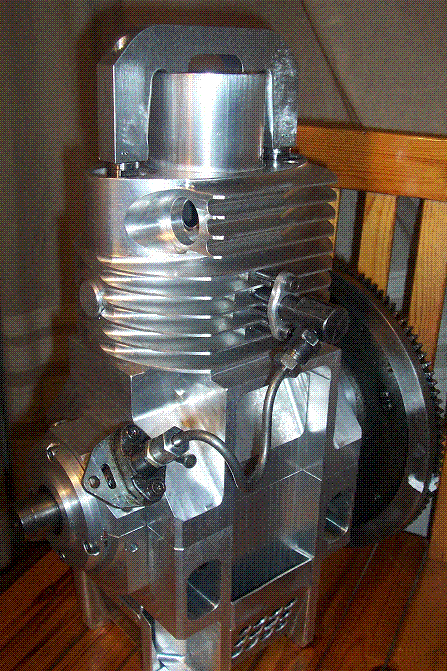
Near the BDC almost all the piston is in a strong air / oil stream coming from the crankcase (besides the two side hollow pistons there are four additional passages from the crankcase to the top cover of the engine).
The backside of the piston crown has nobody to restricts its cooling.
So, it is quite easy to keep the exhaust piston temperature as low as necessary.
On the other hand:
Instead of struggling to cool the pistons and the rest combustion chamber, isn’t it better to proactively keep the heat away from the pistons and the cylinders and the rest walls of the combustion chamber?
This way, not only more energy of the fuel becomes mechanical work (power, torque) but at the same time the cooling the pistons, of the oil, of the cylinder etc needs not be so extensive.
Thanks
Manolis Pattakos









